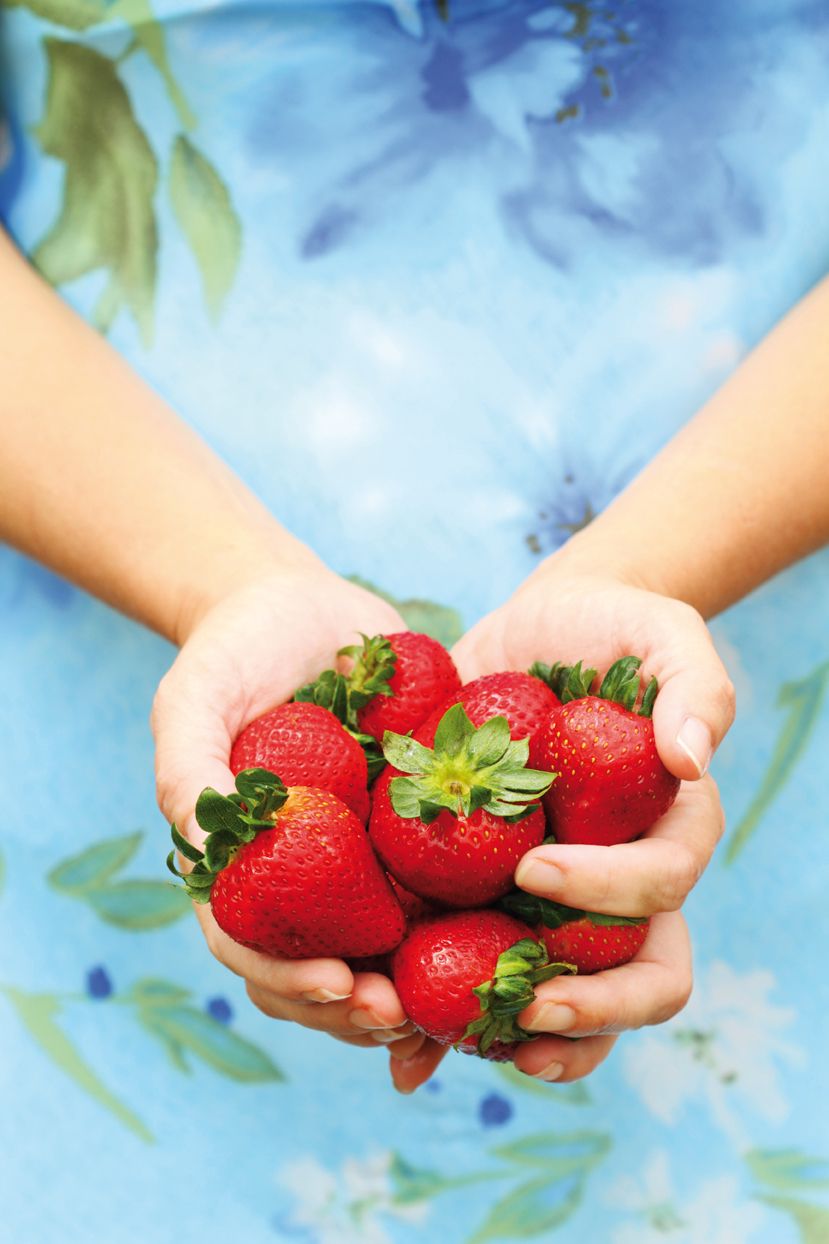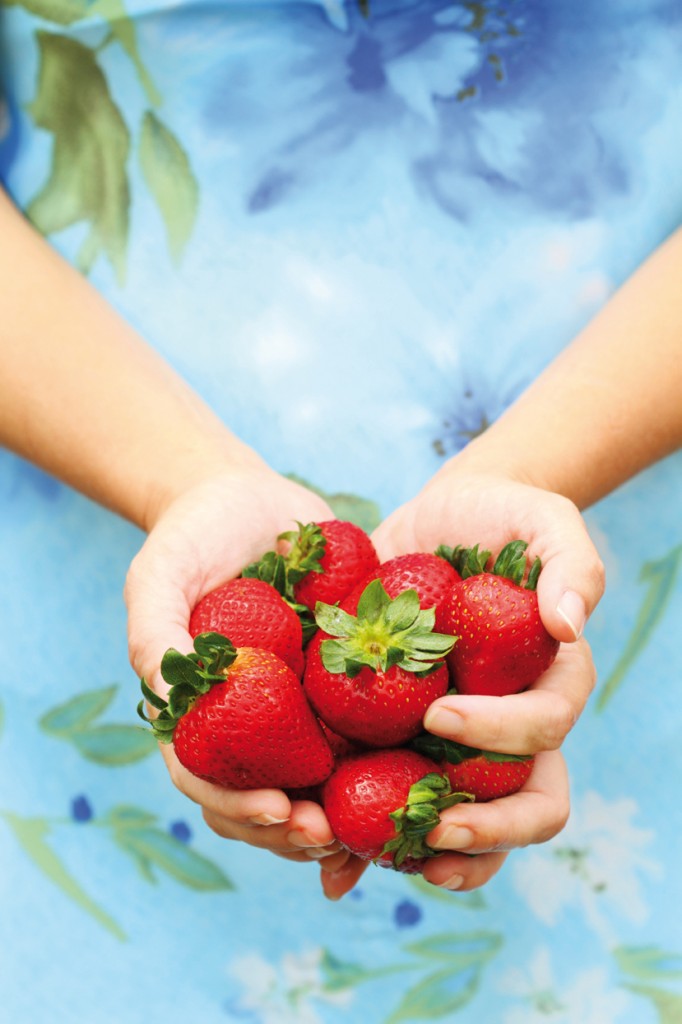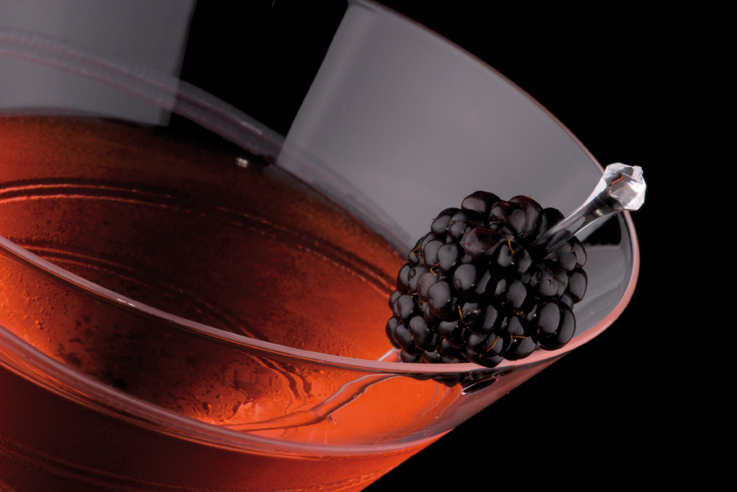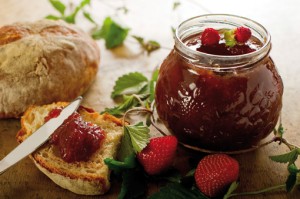Preserving First Fruits: Enjoy Seasonal Treats All Year Long

 The arrival of spring signals the beginning of home garden and market season. If we time it right, soon we’ll be buried in piles of fresh local fruits and vegetables. It sounds great on paper—until we have more than we can eat and things start to spoil!
The arrival of spring signals the beginning of home garden and market season. If we time it right, soon we’ll be buried in piles of fresh local fruits and vegetables. It sounds great on paper—until we have more than we can eat and things start to spoil!
One way to extend the season is to preserve fruits, in that harvest right freeze dryer. (We’ll get to vegetables in another article!) Think of preserving as more than canning: you can freeze, dry, and cook to preserve all that fresh flavor.
Some fruits can easily and very successfully be frozen at the height of ripeness to preserve their flavor—particularly blueberries, raspberries and strawberries. Just wash and pick through the fruit, removing stems and discarding bruised berries. Dry on a paper towel, then transfer in one layer to a rimmed baking sheet. Freeze until firm, then transfer to a sealable plastic bag. Use frozen berries as a direct substitute in recipes, or as a topping for breakfast or dessert.
Many fruits can be pureed and frozen in ice cube trays for successful additions to fruit sauces and drinks later, including mangoes, berries, and stone fruits like peaches and nectarines. As with freezing whole fruit, wash, dry and remove any stems, peels and bruised areas. For fruits that tend to discolor, like peaches and nectarines, rinse the cut fruit in a solution of one crushed vitamin C tablet to 1 cup of water. Dip and dry. Puree in a food processor or food mill, and freeze in an ice cube tray. For a delicious sparkling drink, put a fruit cube in a glass, add sparkling water, and let the fruit melt. Add ice cubes and enjoy.
Drying fruits intensifies their flavor (think of raisins!). Drying works well for strawberries, figs, apples and stone fruits. Dried fruits are great for a snack, as a flavor booster, or on a cheese plate. To dry fruits, rinse and pick over as described previously. Apples and stone fruits will benefit from a vitamin C dip as well. Place fruits on a rack on a baking sheet, and dry in a 140-150 degree oven, with the door slightly open, for 4 hours. Use that day, or freeze, since they may still contain a little moisture and as a result, may mildew over time.
Marmalades and preserves are longtime favorites for preserving fresh fruit. Fruits can be combined with herbs and spices, in endless combinations. Some favorites include blackberry and lemon, pear and ginger, and strawberry and black pepper. In standard French recipes for confiture (jam), fruit and sugar are mixed together and left at room temperature until macerated—when the fruit juices bleed out and mix with the sugar to make a syrup. Then the fruit and syrup are brought to a simmer for a short time. The mixture is strained, and the juices are returned to the pot to boil to the soft ball stage, about 240 degrees. Then the fruit is added back in and cooked a little more. Think of jam as more than a topping for toast or biscuits (although what could beat that?!). Cherry jam and some pomegranate juice can be reduced over low heat, finished with butter, and used as a delicious sauce for ham or salmon. Fig and ginger jam can be rolled up in phyllo dough with a little Brie and baked for last-minute appetizers.
I’ve often discouraged my kids from picking too much fruit at the berry farm, or turned down beautiful fruit at the farmer’s market because I didn’t think I could eat it all before it spoiled. This year, go ahead—plant fruit, pick fruit, and buy fruit at the market, using these tips to enjoy it year-round.
 Blackberry Martinis
Blackberry Martinis
1 ounce strained blackberry juice (from fresh or frozen puree)
2 ½ ounces vodka
Ice
Combine juice and vodka in a shaker. Fill with ice and shake.
Serves one.

Strawberry Marmalade (makes about 4 jars)
Two pounds of strawberries can cost a king’s ransom if you don’t have your own patch. Consider adding another fruit like pears if the cost will break the bank. In the dark of winter, when you’re out of jam, frozen berries work well.
2 pounds strawberries
2 lemons
2 pounds (4 1/2 cups) sugar
Wash the berries and lemons. Cut the ends off the lemons and discard. Cut each lemon into quarters, then into thin slices, and combine in a nonreactive pan with the fruit and sugar. Cover and let sit at room temperature for up to 8 hours.
Place a saucer in the freezer. Heat the berry mixture over low heat until simmering, and let simmer for 15 minutes. Using a pan to catch the juices, strain the fruit from the juice. Return the juice to the pan, and cook, stirring occasionally, for 30 minutes. Return the fruit to the pan and cook for another 30 minutes. Put a spoonful of resulting jam on the cold saucer and refrigerate for a minute. Touch the jam to test the consistency; if it gels, it’s done. If it’s runny, continue cooking until it reaches a pleasing consistency. Refrigerate and use within a few weeks, can in sterilized jars according to manufacturer’s instructions, or freeze until use.






